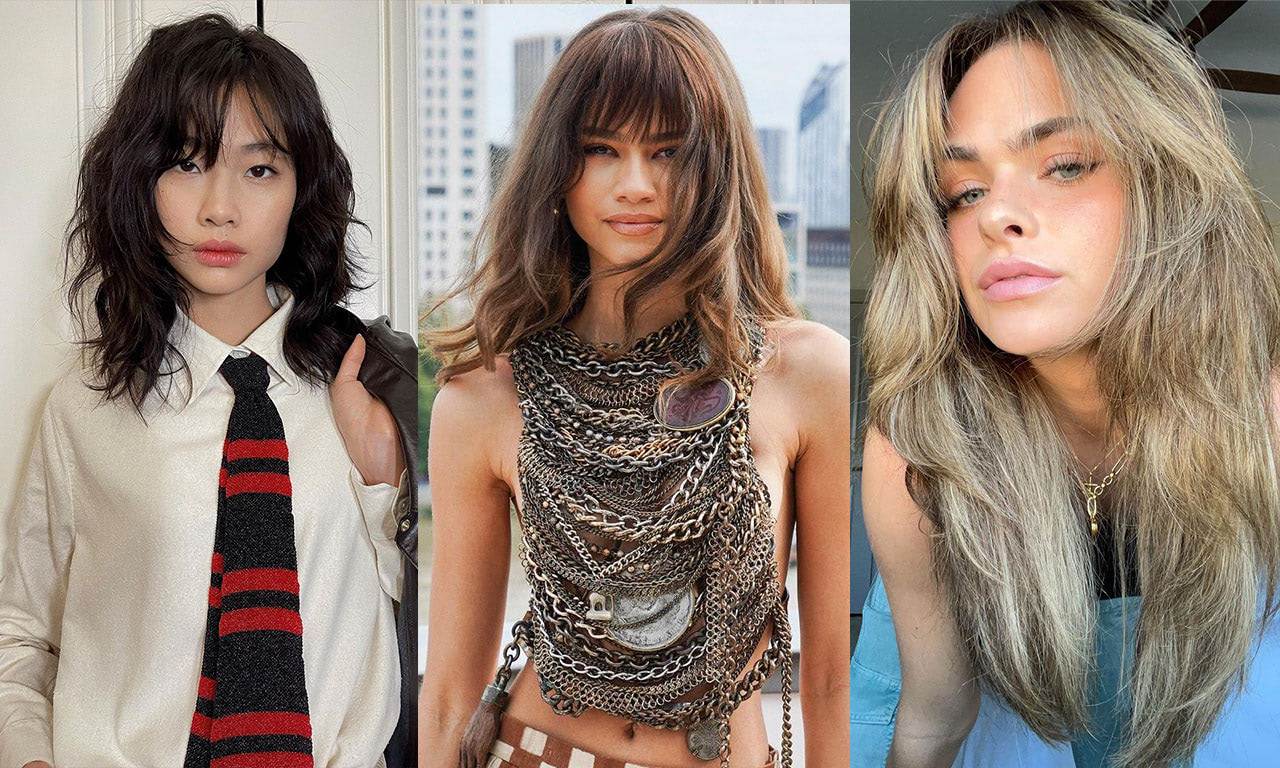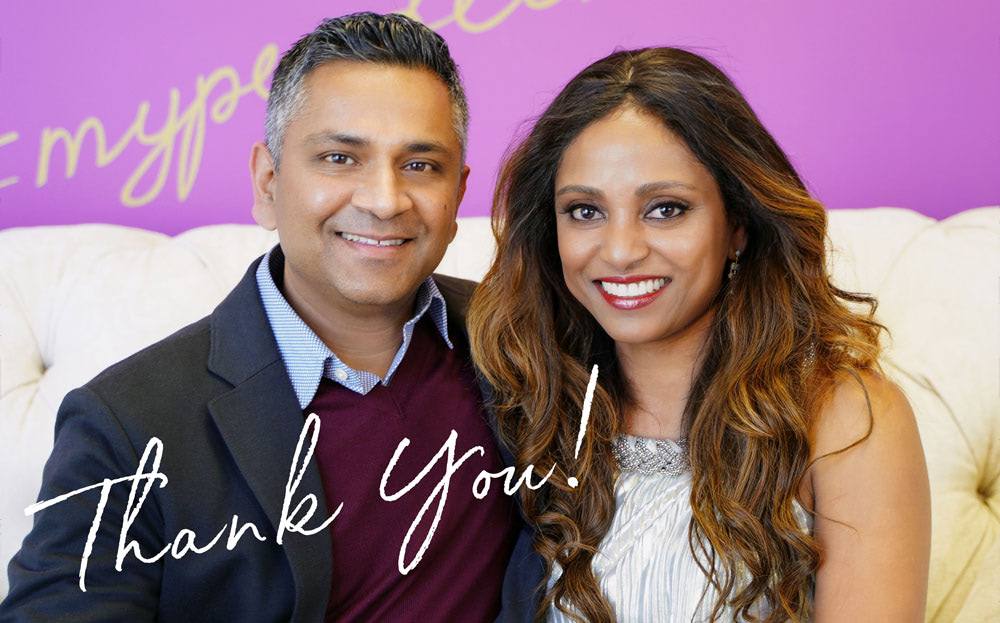
What’s your type? Silky-straight? Extra-curly? Bouncy and thick? Every head of hair is different, and while some hair is coarser, finer, straighter, or drier than others, that’s okay! The key to managing YOUR particular head of hair, whatever it may be like—and keeping it healthy—is knowing what type of hair you have in the first place, no matter what your ethnicity is.
That’s where this handy guide to understanding hair types comes in. Based on the work and findings of Emmy-winning Oprah stylist and author Andre Walker, this information is meant to help you understand the different hair types that are out there, and then identify your own natural hair type.
Essentially, there are four main hair types. Numbered from 1 to 4, these categories represent a range of hair textures, from the ultra-straight to the super-curly; as the numbers get bigger, the curls get tighter. The hair also loses moisture and grows more fragile as the hair type gets curlier and curlier—a surprising fact for most women—but never fear. Armed with the knowledge of your correct hair type, you can make almost anything happen with your tresses!
So let’s get started:
Type 1 Hair: Straight and Free-Falling
This is your standard, straight-as-a-bone hair type. Type 1 hair, whether fine or thick, has little to no curl, and generally hangs straight down, loose and free. Of everyone, people with Type 1 hair are most likely to have problems with oily scalps, and this type of hair doesn’t hold a curl easily. But oh, it’s a breeze to wash-and-go!
Celebrities with Type 1 hair: Cher, Rachel Bilson, Yunjin Kim, Frieda Pinto
Type 2 Hair: Wavin' in the Wind
Wavy with a little bounce, but slightly more resistant to straightening or styling, Type 2 hair is probably more common than Type 1, and definitely abounds on TV and in the movies. This is because Type 2 locks have just enough natural body and curl in them to move, but not so much as to get unruly. While frizzies can be a problem for Type 2 hair, it’s usually tamed easily with styling products.
Within the Type 2 category, there are three subcategories. All Type 2 hair seems pretty straight when wet, but the differences occur when the hair is dry. Type 2a tresses have just a hint of a bend in them, forming more of a “C” shape when completely dry, while 2b and 2c hair types twist into an “S” curl pattern and are more susceptible to frizz.
Celebrities with Type 2 hair: Rihanna, Scarlett Johannson, America Ferrera, Lisa Bonét, Sheila E, Kelly Hu
Type 3 Hair: Worlds of Curls
With even more curl definition than Type 2, Type 3 hair bounces, loops, springs, and generally runs riotous all over. Don’t be fooled, though. Type 3 hair is usually fine and—surprisingly—easier to style and blow-dry than even Type 2 locks. This is because the natural sheen, softness, and elasticity of Type 3 hair make it come almost pre-styled!
Like Type 2 tresses, there are three different varieties of Type 3 hair. While all three form a definite “S”, wet or dry, the difference is all in the size of the curl. People with 3a hair have curls about the diameter of a piece of children’s sidewalk chalk (about 1- 1½”). On the other hand, Type 3b ringlets are about the width of a marker, or the same diameter as a medium-sized roller (about ½”). Type 3c curls—which are not mentioned in Andre Walker’s book Andre Talks Hair, but which many women find describe their unique locks better than any other hair type—are very tiny, well-defined corkscrews, about as narrow as drinking straws (¼” and smaller). In fact, if you picture a straw-set, you’ll be picturing Type 3c hair!
Celebrities with Type 3 hair: Taylor Swift, Debra Messing, Alicia Keys, Tracee Ellis Ross, Sophina Brown
Type 4 Hair: From the Motherland
This is the hair type most African-American women have, before relaxer services. Tightly coiled, wiry-textured, and even kinky, this hair type is often misunderstood, even categorized as “bad”. But Type 4 hair has its own unique advantages and disadvantages, and, if fully understood and cared for properly, is beautiful.
There are two subgroups of Type 4 hair. Type 4a is a bit curlier and “flops” out, or grows downward, more than 4b hair. Coils of 4a hair are likely to look like tiny Os, around the width of a knitting needle (just forget about inches), while 4b locks zigzag instead of curling, creating a fluffy, Z-shaped pattern, much like a strand of yarn. Both of these curly hair types are very fragile, despite the way they seem strong, and like to “stand up” more than swing or fall.
Celebrities with Type 4 hair: India.Aarie, Macy Gray, Leelah James, Janelle Monae
Determining Your Hair Type
So how do you figure out which hair type is actually yours? Simply wash your hair, comb it out, and see what it does. Watch your roots and new growth if you currently use a relaxer or other chemical services that alter your hair’s texture. Let your hair air dry, and watch the curls form, tighten, or fall away, as the case may be. You’ll soon see what your hair looks like in its natural form—and be ready to find the Best Hair Extensions for Your Hair Type, Best Hair Styles for Your Hair Type, and Hair Care by Hair Type: Working with What You’ve Got to Make it Healthier (all coming soon)!
 Have Questions? Call Us!
Have Questions? Call Us! 


